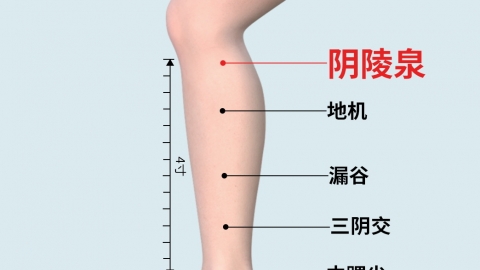Is the Yanglingquan point the same as the Yinlingquan point?
Generally speaking, the Yanglingquan point is not the same as the Yinlingquan point; they are two distinct acupoints. Detailed explanations are as follows:

Yanglingquan belongs to the Foot-Shaoyang Gallbladder Meridian and is located on the lateral side of the lower leg, in the depression anterior and inferior to the head of the fibula. It is the He-Sea point of the Gallbladder Meridian and one of the Eight Influential Points ("Jin-Meeting" point), which functions to regulate liver function and gallbladder secretion, relax muscles, and promote circulation of Qi and blood. It is commonly used to treat conditions such as rib pain, bitter taste in the mouth, atrophy and paralysis of the lower limbs, and cholecystitis. In contrast, Yinlingquan belongs to the Foot-Taiyin Spleen Meridian and is located on the medial side of the lower leg, in the depression between the lower edge and medial border of the medial tibial condyle. As the He-Sea point of the Spleen Meridian, Yinlingquan is effective in strengthening the spleen and resolving dampness, and promoting the function of the triple energizer. It has therapeutic effects on abdominal distension, diarrhea, edema, dysuria, and knee joint pain.
When massaging or needling these acupoints, attention should be paid to applying moderate pressure to avoid excessive force that may cause local injury. Operations should not be performed on areas with skin damage, ulcers, scars, or tumors. Acupuncture should be conducted by professional practitioners and should not be attempted without authorization. It is also not advisable to stimulate the acupoints within half an hour after meals. If discomfort occurs during the process, the procedure should be stopped immediately and professional assistance should be sought.




